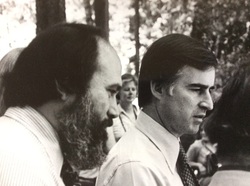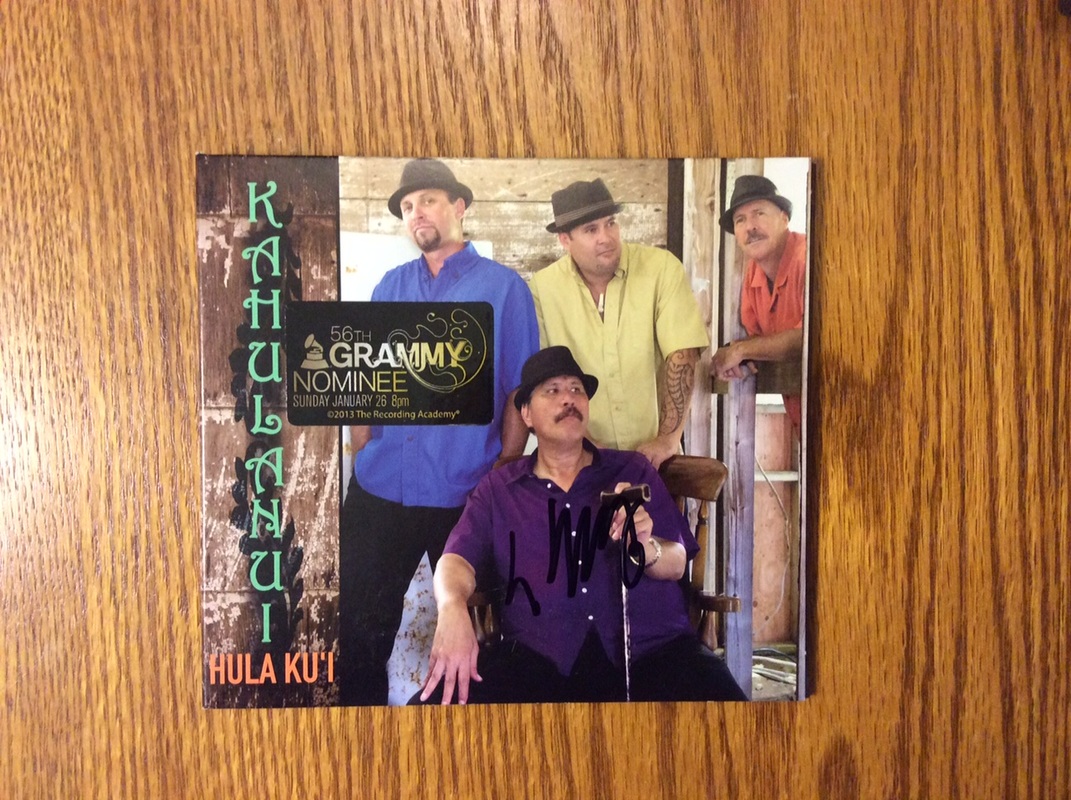 Russ and Governor Jerry Brown at Big Basin. Late 1970s. The Ranger Book doesn’t have a title yet
Unless my editor Elizabeth Flynn throws a hissy and sends it back, the ranger book is on its way. Here is a summary: The book begins at Big Basin State Park in California in 1948. I was 10 years old. There is an autobiographical section regarding growing up in a family that camped and travelled all over the west to see the state and national parks. It follows me through raising a family and working nights as a Deputy Sheriff while getting a degree from San Jose State and Joining the Park Service. The training of rangers is followed by my first assignment at Yosemite, and the wild times of the mid 1960s as flower children flowed from the Haight-Ashbury and hit the road to Yosemite. There are lots of adventures among the people and bears living foot-by-claw in the campgrounds and tales of rescues and motorcycle gangs. Readers will get to join me as I chase a black bear around the sunroom at the Ahwahnee Hotel in the middle of the night. (To be honest, the bear chased me for some of that time.) The story moves on to Alaska and an assignment at Glacier Bay. There are stories of running a park patrol boat, and living in a remote village on the edge of a huge wilderness and the adjustments made by family. There are discussions about climate change and the observations made by scientists as the glaciers recede. A sojourn as the temporary “lone ranger” at Katmai National Monument is described. Readers will learn about the many active volcanos and the big population of Alaska Brown Bears present in that even more remote place. We travel next to Washington D.C. and a one year temporary assignment as a biologist at the President’s Council on Environmental Quality. Readers will sit in on briefings of President Richard Nixon and dealings with the folks you got to know from the Watergate scandal. As things start to become unglued in D.C, George Hartzog, the Director of the National Park Service discovers that a hapa haole Hawai’ian is actually a Ranger and sends me off to Maui to be the Superintendent of Haleakala National Park. I get to meet a lot of Hawai’ian relatives and to spend valuable time learning about my heritage and managing a park that was founded during 1916; the year the National Park Service was formed. Readers will learn about the “death lights" at Kipahulu, the rarest bird in the world, and what a terrible horseman I was. After four years in Hawai’i, I resign and move back to Alaska and the reader will spend a year with my little family as we construct a home in the wilds using only hand tools. The latter parts of the book describe some of the events that took place during my tenure as Director of Parks for the State of Alaska and later, California. I discuss my unsuccessful interview with Secretary Bruce Babbitt to become National Park Service Director, and a stint working to transfer the Presidio of San Francisco from the Army to the National Park Service. There are brief discussions of my later work in Washington State, some essays about parks and advice to new park rangers. This is the 100th year of the National Park Service and 50 years since I joined and followed the trail that brought me so much adventure and pleasure in a career that many people desire but few are privileged to have. There were heartbreaks along the way but joy came along to balance the low spots. I expect the book to be out by summer and will keep you posted on this blog. |
Archives
July 2020
Past Blog PostsCategories |

 RSS Feed
RSS Feed